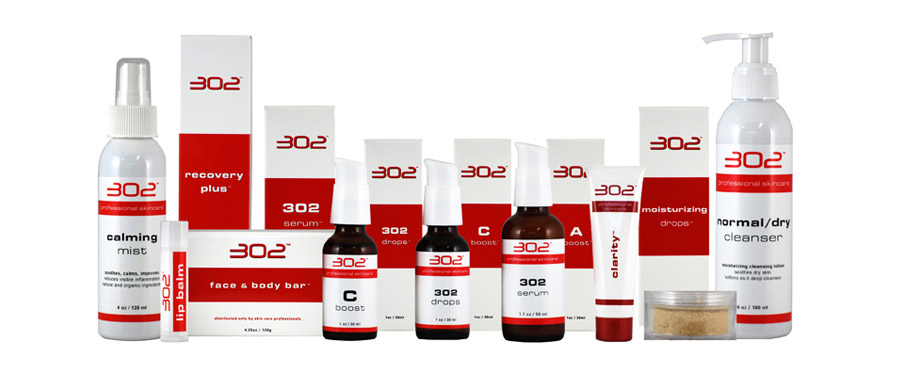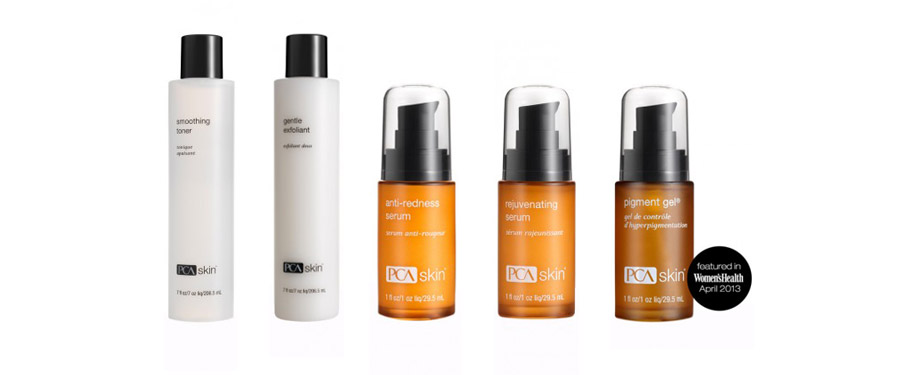“Dear body hair, if I’ve been waxing, plucking, and shaving every time you show up, I think you should get the hint.”

Shaving cream, razors, tweezers, hair removal cream, wax strips, scissors — the list goes on and on and on. But no matter what I use to get my body hair off, it seems to grow back almost immediately. It’s exhausting! I almost gave up on achieving hairless nirvana.
Removal of body hair has a long and complex history, dating all the way back to The Stone Age, 100,000 years ago. Cavemen used flint blades, seashells, and other sharp objects to shave off all body hair. Hair removal then was done for practical reasons: to prevent frostbite (especially during the Ice Age, when the unending winter would make the water freeze on their body hair), to remove a potential breeding ground for parasites like mites and lice, and to take away any advantage an adversary might have in a brawl by grabbing.
The practice of removing female body hair can be traced back to ancient Rome and Egypt. Some of the first razors, made of copper, were used in Egypt and India around 3000 BCE. Egyptian women removed their head hair and considered pubic hair uncivilized. Upper-class Roman women of the sixth century BCE used tweezers, pumice stones, and depilatories to achieve the desired degree of hairlessness, while Egyptians of Cleopatra’s time used a sugar mixture in a method similar to waxing and sugaring techniques used today. Elizabethan women removed their eyebrows and hair from their foreheads to give themselves longer brows. Think Elizabeth I.
Fashion trends and even war have been part of the growth in popularity of hair removal, and it has long been used to classify a women’s place in society throughout history.
There are several ways for people to de-fuzz and get rid of body hair. Here are 7 of the most popular methods.
RAZORS
Shaving is quick, easy, convenient, and inexpensive. There are now specially manufactured women’s razors with fewer blades. Although shaving is painless, it can cause cuts or razor burns, skin irritation, and ingrown hair.
To avoid these issues:
- use a body scrub before shaving to lift the hair
- shave after a shower when hair is soft, and the skin is free of any excess oil or dead skin cells that may clog the blade
- always use a shaving gel or cream to protect the skin,
- shave in the direction the hair grows to avoid razor burns
- rinse the razor after every swipe to avoid irritation
- and make sure to apply a body lotion when finished.
DEPILATORIES OR HAIR REMOVAL CREAMS
These creams contain alkaline ingredients that break down keratin in the hair, applied like a body lotion, and within a few minutes wiped off along with the unwanted hair. Painless, inexpensive, easy to use, and the good news is that nowadays they smell much more pleasant – unlike the rotten egg scent of the older versions.
Unfortunately, it doesn’t always work. Some users have reported that it doesn’t remove all the hair the first time around. In addition, those with sensitive skin may experience discomfort and skin irritation – from a mild tingling or a burning sensation to a rash.
It’s always best to test the product on a small area of your skin before using it to see how your skin reacts.
WAXING
There are many kinds of wax available today. Cool, warm, crème, hard, resin – the list is a long one. They all work pretty much the same – wax is spread on the area you want to remove hair from and a strip of cloth is then placed on top of the area and pulled off quickly so the hair, including the follicle, gets pulled along with it. The result is a smooth, hairless skin that lasts 3-4 weeks. If done regularly over a period of time, results may last longer as the hair root weakens and the hair becomes finer.
However, depending on your pain tolerance, waxing can be painful as the hair is pulled off from the root. Also, waxing can cause inflamed hair follicles, redness, ingrown hairs, and skin irritation. So, it would be best to splurge on the process and go to a salon. In between salon visits, use a body exfoliant regularly to reduce ingrown hairs.
SUGARING
Sugaring is an ancient method of removing unwanted hair that has become popular in recent years. Most products contain sugar, lemon, and water, and are heated to make a sticky syrup that can cling to hair to help pull them out, similar to waxing. It is said to brighten tattoos in some instances.
Though your skin may be less irritated than with waxing, you may still experience some irritation and inflammation with sugaring. As with waxing, keep the skin clean after treatment to help avoid infection in the ingrown areas.
THREADING
Threading has been around for centuries where twisted cotton threads are rolled over hairlines to pluck unwanted hair. It is a very skilled procedure that can remove the tiniest of hairs and gives a very precise, clean result that lasts for two to four weeks. It’s great for clients who prefer to avoid chemicals and heat.
However, threading only works on flat surfaces, like the brows.
ELECTROLYSIS
For more permanent options, electrolysis removes hair and prevents hair growth. A teeny tiny probe is inserted into your pore, zap it with electricity to kill the hair follicle, and tweezers to pull out the dead hair.
Make sure you go to an experienced electrologist – there is a risk of scarring and hyperpigmentation in the wrong hands. Although time-consuming and more expensive, electrolysis is the only permanent hair removal process endorsed by the FDA.
LASER HAIR REMOVAL
Laser hair removal uses a concentrated beam of light (laser) that is absorbed by the pigment of the hair damaging the tube-shaped sacs within the skin (hair follicles) that produce hair. This damage inhibits or delays future hair growth.
Multiple sessions over the course of a few months may be needed to see long-term results. The upfront costs of the procedure will be way more expensive than a pack of razors, but the results gained from a series of treatments are long-lasting. And the procedure gets rid of ingrown hairs.
However, there is a risk of hyperpigmentation so once again, go to a reputable laser clinic that can use the right laser for your skin type.
————–
Whatever hair removal option you choose, make sure you are doing it correctly, and don’t forget to take care of your skin. In this way, you get the best results.
For more beauty and skincare tips, check out my website, call us at Skinsense Wellness (323) 653–4701 or email us at skinsense@skinsensewellness.com. And for skincare services, please visit us at 8448 W. Third Street, Los Angeles, CA 90048. We will be happy to see you.














